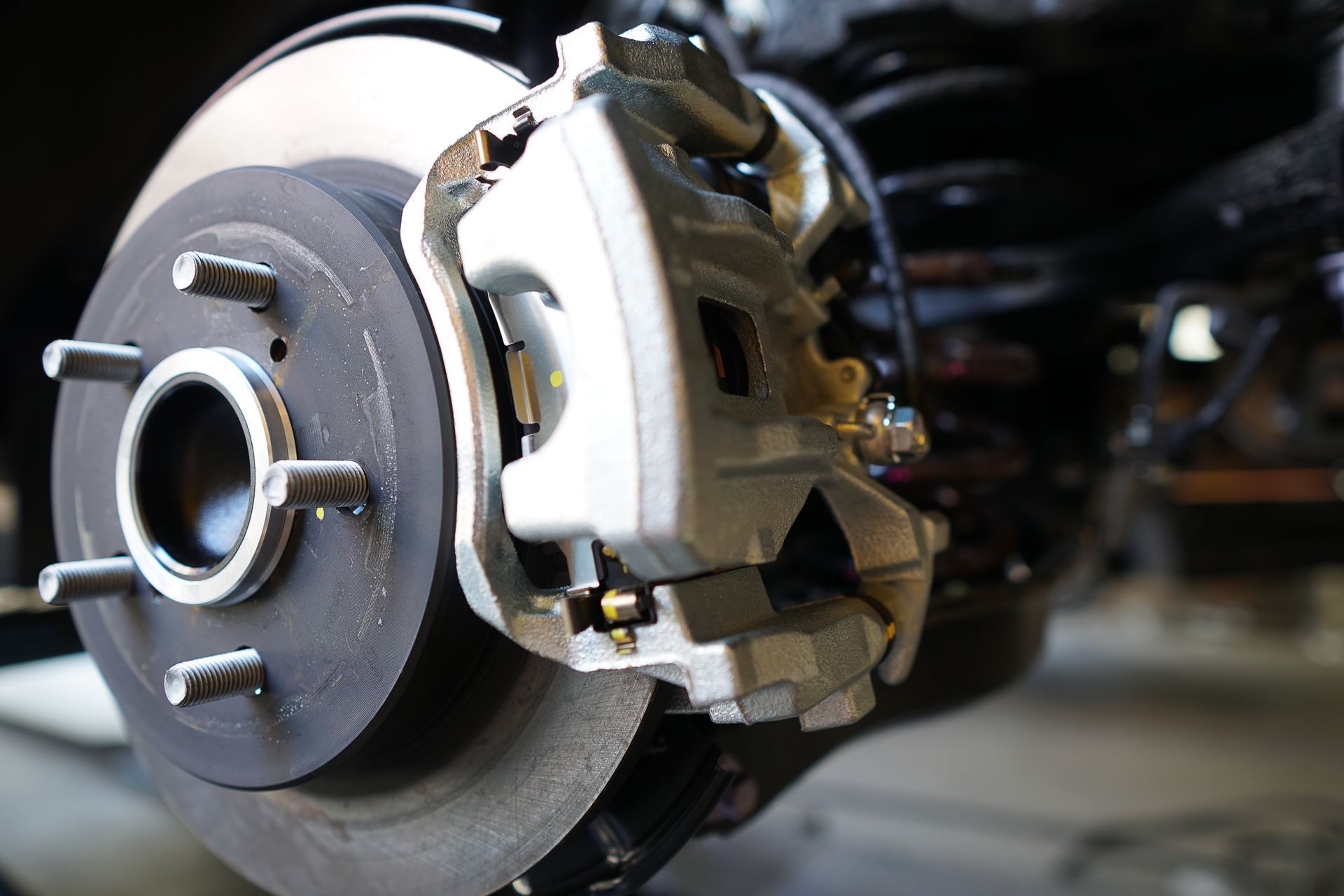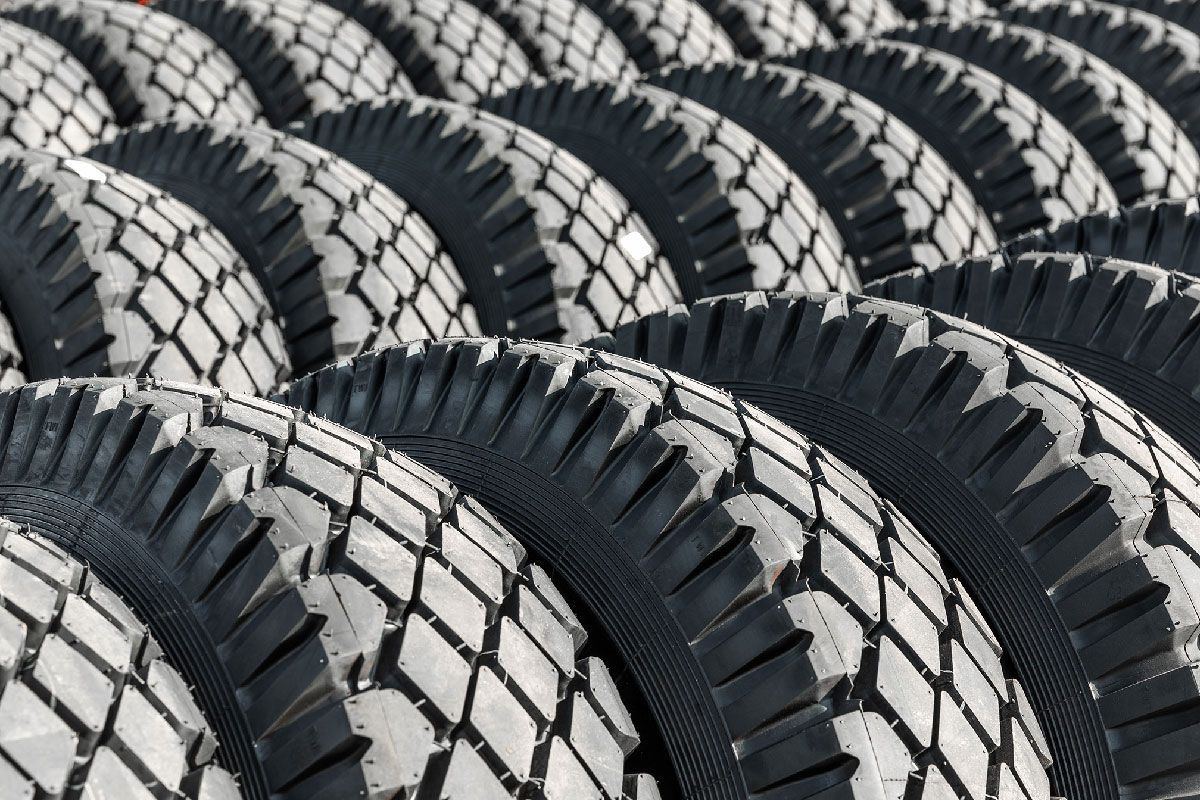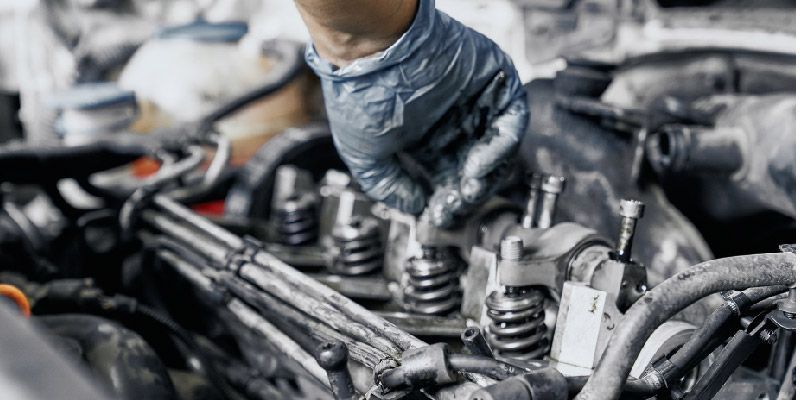The Importance of Tire Inspections Before Heavy Rainfall
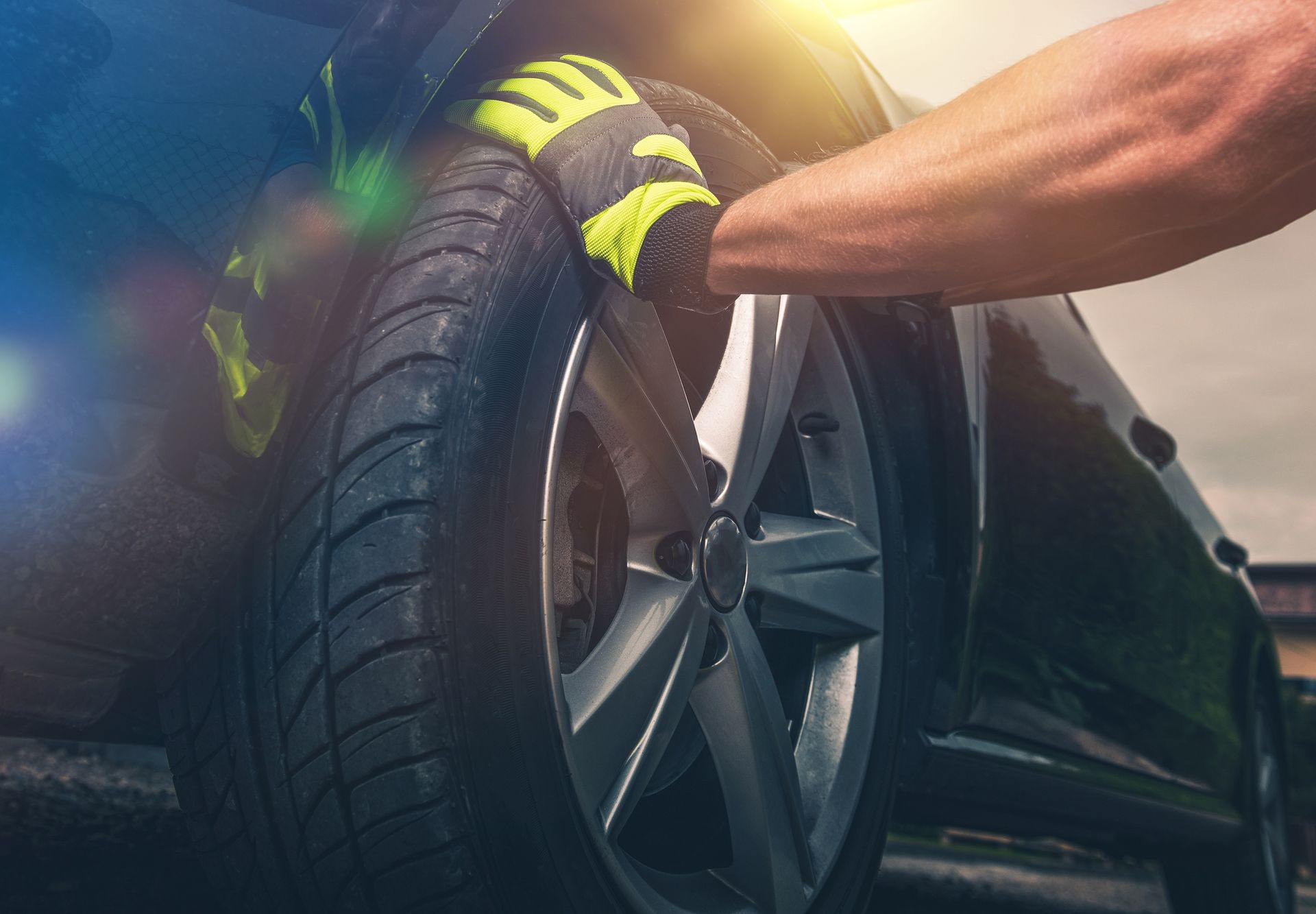
The Importance of Tire Inspections Before Heavy Rainfall
Driving in heavy rain can be a daunting task. The risk of accidents increases significantly due to reduced visibility and slippery roads.
One crucial factor that can make a difference is the condition of your tires.
Tire inspections before rainfall are not just a routine maintenance task. They are a vital safety measure that can prevent accidents and save lives.
This article will delve into the importance of tire inspections before heavy rainfall. We will explore how tire tread depth, tire pressure, and the type of tires you use can affect your vehicle's performance in wet conditions.
Whether you're a seasoned driver or a novice, understanding the importance of tire inspections can help you stay safe on the road.
So, let's dive in and learn more about this crucial aspect of vehicle maintenance.
Understanding the Risks of Wet Roads
Driving on wet roads presents several challenges. The most significant risk is hydroplaning, a dangerous situation where your vehicle loses contact with the road surface.
Hydroplaning occurs when water gets between your tires and the road. This can cause your vehicle to slide uncontrollably, increasing the risk of accidents.
The condition of your tires plays a crucial role in preventing hydroplaning. Worn tires with shallow tread depth can't channel water away effectively, increasing the likelihood of hydroplaning.
Understanding these risks underscores the importance of tire inspections before rainfall. Regular checks can help ensure your tires are in good condition, providing better traction and safer driving in wet conditions.
The Role of Tread Depth in Preventing Hydroplaning
Tread depth is a critical factor in tire safety. It directly impacts your vehicle's ability to maintain grip on wet roads.
The primary function of tire tread is to evacuate water from beneath the tire. This prevents the tire from losing contact with the road surface.
As tires wear down, the tread depth decreases. This reduces the tire's ability to channel water away, increasing the risk of hydroplaning.
The legal tread depth limit is 2/32 of an inch. However, experts recommend replacing tires when the tread depth reaches 4/32 of an inch for optimal safety.
Regularly checking your tread depth is a simple yet effective way to prevent hydroplaning. It's an essential part of tire inspections before heavy rainfall.
Performance Tires vs. All-Season Tires in Rain
When it comes to driving in the rain, the type of tire you use matters. Performance tires and all-season tires offer different benefits and drawbacks in wet conditions.
Performance tires are designed for optimal handling and traction. They often have aggressive tread patterns and soft rubber compounds that grip the road well, even in the rain.
However, all-season tires are a more versatile option. They provide adequate performance in a variety of weather conditions, including light to moderate rain.
Choosing between performance and all-season tires depends on your driving habits, local climate, and personal preference. Always consider these factors during tire inspections before rainfall.
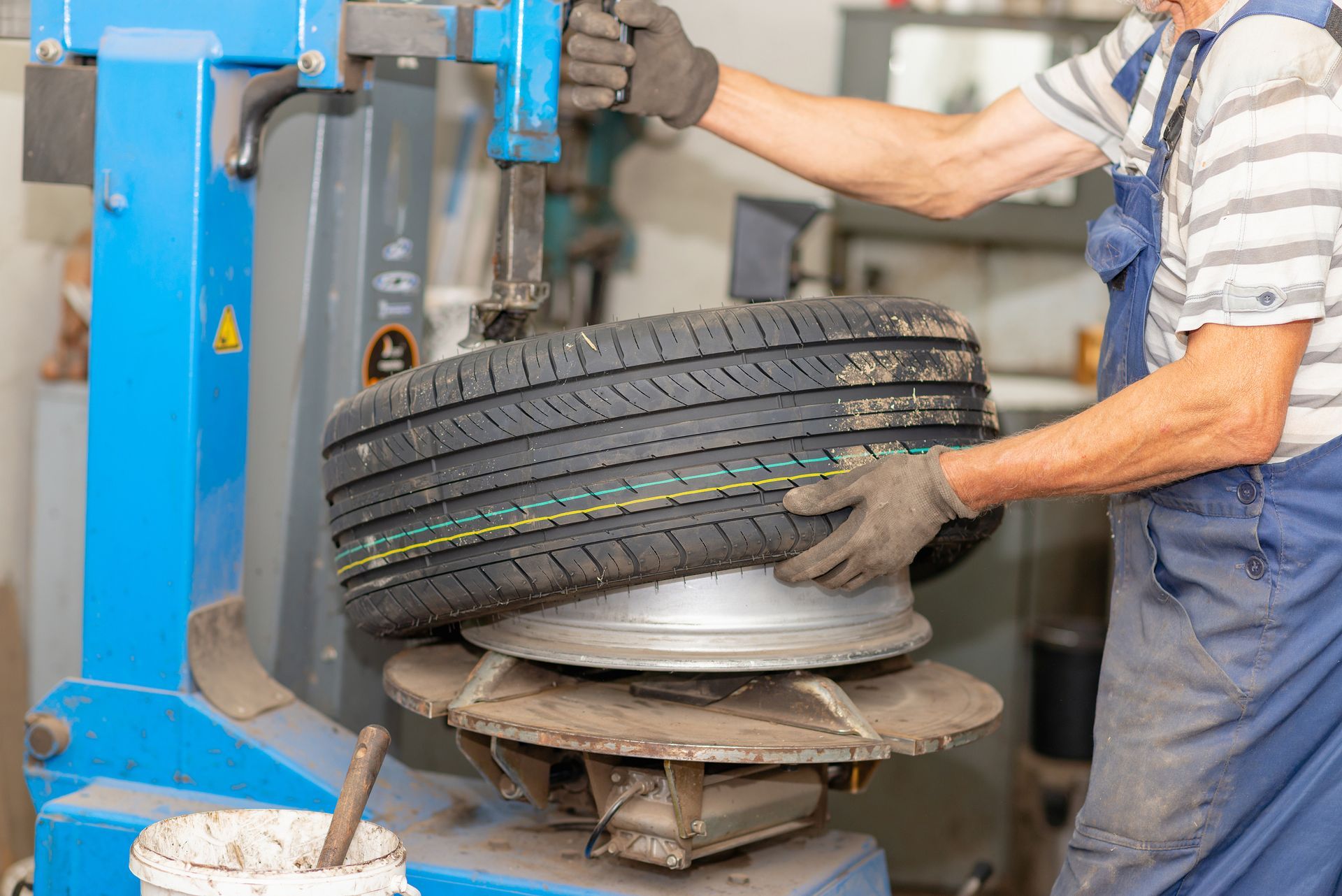
Step-by-Step Guide to Checking Tire Tread Depth
Checking your tire's tread depth is a simple yet crucial task. It helps ensure your tires can effectively displace water and maintain grip on wet roads.
You can use a tread depth gauge, but a penny can also do the trick. This is often referred to as the "penny test".
Here's how to do it:
- Insert a penny into your tire's tread groove with Lincoln's head upside down.
- If you can see all of Lincoln's head, your tread depth is less than 2/32 inch and it's time to replace your tires.
Remember, regular tire inspections before rainfall can help prevent accidents caused by hydroplaning.
The Importance of Proper Tire Pressure in Rainy Conditions
Tire pressure plays a vital role in your vehicle's performance. It directly affects how your car handles, especially in wet conditions.
Underinflated tires can cause poor handling and increased tire wear. They also increase the risk of hydroplaning due to reduced tread contact with the road.
Overinflated tires, on the other hand, can lead to a harsh ride and increased risk of tire damage. They can also reduce traction due to a smaller contact patch with the road.
Regularly checking and maintaining the correct tire pressure is crucial for safe driving in the rain. It also helps improve fuel efficiency and extend tire life.
Identifying Tire Damage and Wear
Regular tire inspections can help identify signs of damage and wear. These signs can indicate potential issues that may affect your vehicle's performance in the rain.
Look for cuts, bulges, or irregular wear on your tires. These can be signs of internal damage or alignment issues.
Also, check for uneven wear patterns. This could indicate a need for tire rotation or alignment.
Tire inspections should also include checking the sidewalls for cracks or bulges. These could be signs of aging or damage that could lead to tire failure.
Remember, early detection of tire damage or wear can prevent accidents and costly repairs.
When to Replace Your Tires: Age and Wear Considerations
Knowing when to replace your tires is crucial for safe driving, especially in heavy rain. Age and wear are two key factors to consider.
Tires generally last between six to ten years. However, this can vary based on driving habits, road conditions, and tire maintenance.
Tire tread depth is another important consideration. If the tread depth is below the legal limit, it's time to replace your tires.
Remember, driving with worn or old tires in heavy rain can significantly increase the risk of hydroplaning. Regular tire inspections can help ensure your tires are always in good condition.
The Benefits of Professional Vehicle Inspections
Professional vehicle inspections offer numerous benefits. They provide a thorough check of your tires and other vehicle components.
Experts can spot issues that you might miss. They can identify signs of damage, irregular wear, and improper inflation.
Regular professional inspections can extend the life of your tires. They can also improve your vehicle's performance and fuel efficiency.
In conclusion, professional inspections are an essential part of tire maintenance. They ensure your safety, especially in heavy rain conditions.
How to Choose the Right Tires for Rainy Weather
Choosing the right tires for rainy weather is crucial. It can significantly impact your vehicle's performance and safety.
Consider factors like tread pattern and depth. These play a key role in water displacement and grip on wet roads.
Also, consider the type of tire. Performance tires often offer better wet traction, while all-season tires provide balanced performance.
In conclusion, choosing the right tires can enhance your safety and driving experience in heavy rain.
The Impact of Driver Behavior on Wet Road Safety
Driver behavior significantly influences safety on wet roads. Speed adjustment, for instance, is crucial during heavy rainfall.
Hydroplaning, a common issue in wet conditions, can be mitigated by reducing speed. It's also important to maintain a safe distance from other vehicles.
Moreover, sudden braking or sharp turns can lead to skidding. Smooth and gradual maneuvers are recommended.
In essence, responsible driving behavior is as important as tire inspections in ensuring safety during heavy rainfall.
Conclusion: The Integral Role of Tire Inspections in Driving Safety
Tire inspections are a critical aspect of vehicle safety. They are especially important before heavy rainfall, as wet roads pose unique challenges.
Regular inspections can help identify issues like worn tread or improper tire pressure. These issues can significantly impact a vehicle's performance in wet conditions.
By addressing these issues promptly, drivers can reduce the risk of accidents. They can also improve their vehicle's fuel efficiency and extend the lifespan of their tires.
In conclusion, tire inspections are an essential preventive measure. They contribute significantly to safe and efficient driving, especially in heavy rainfall.


